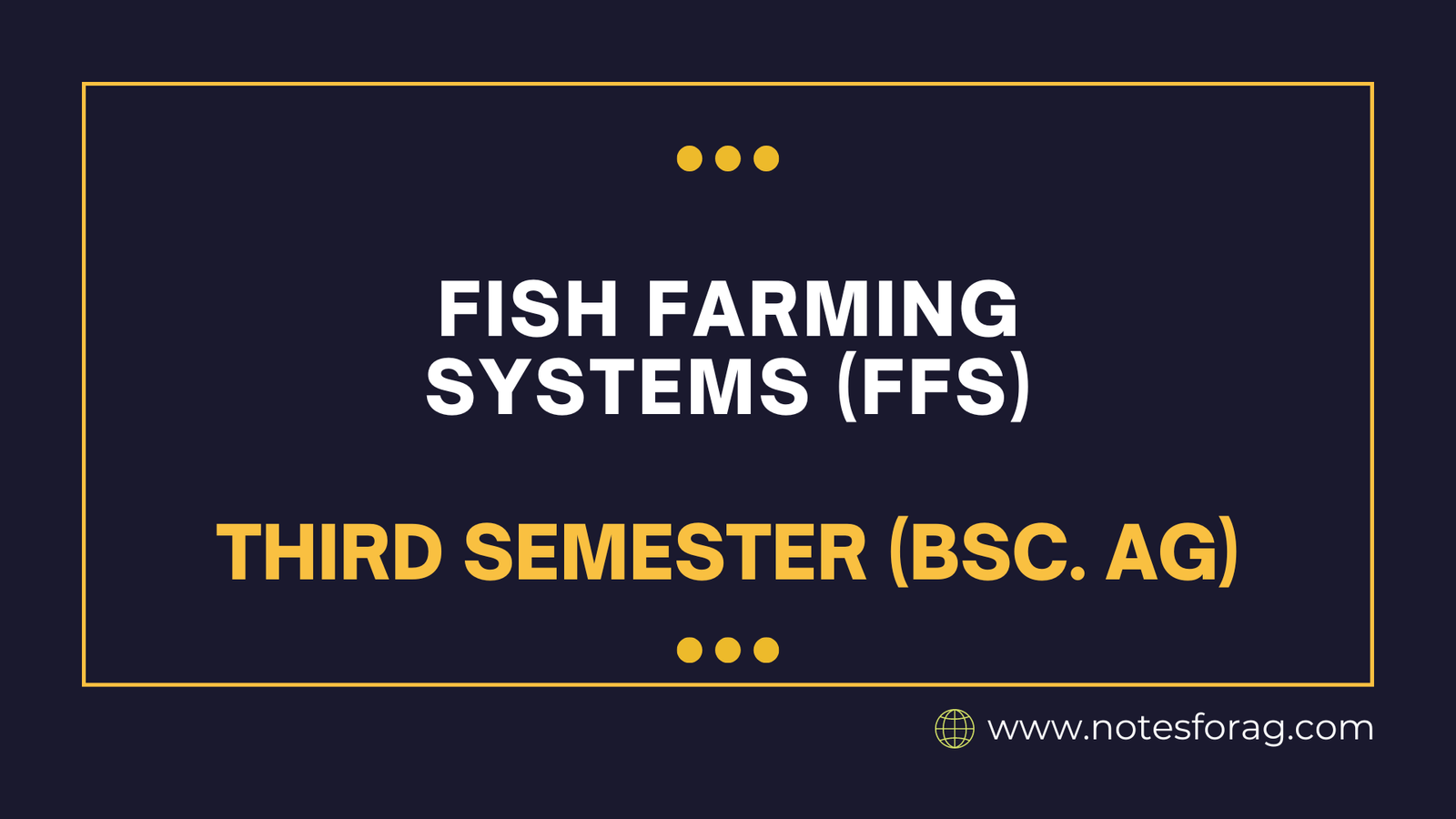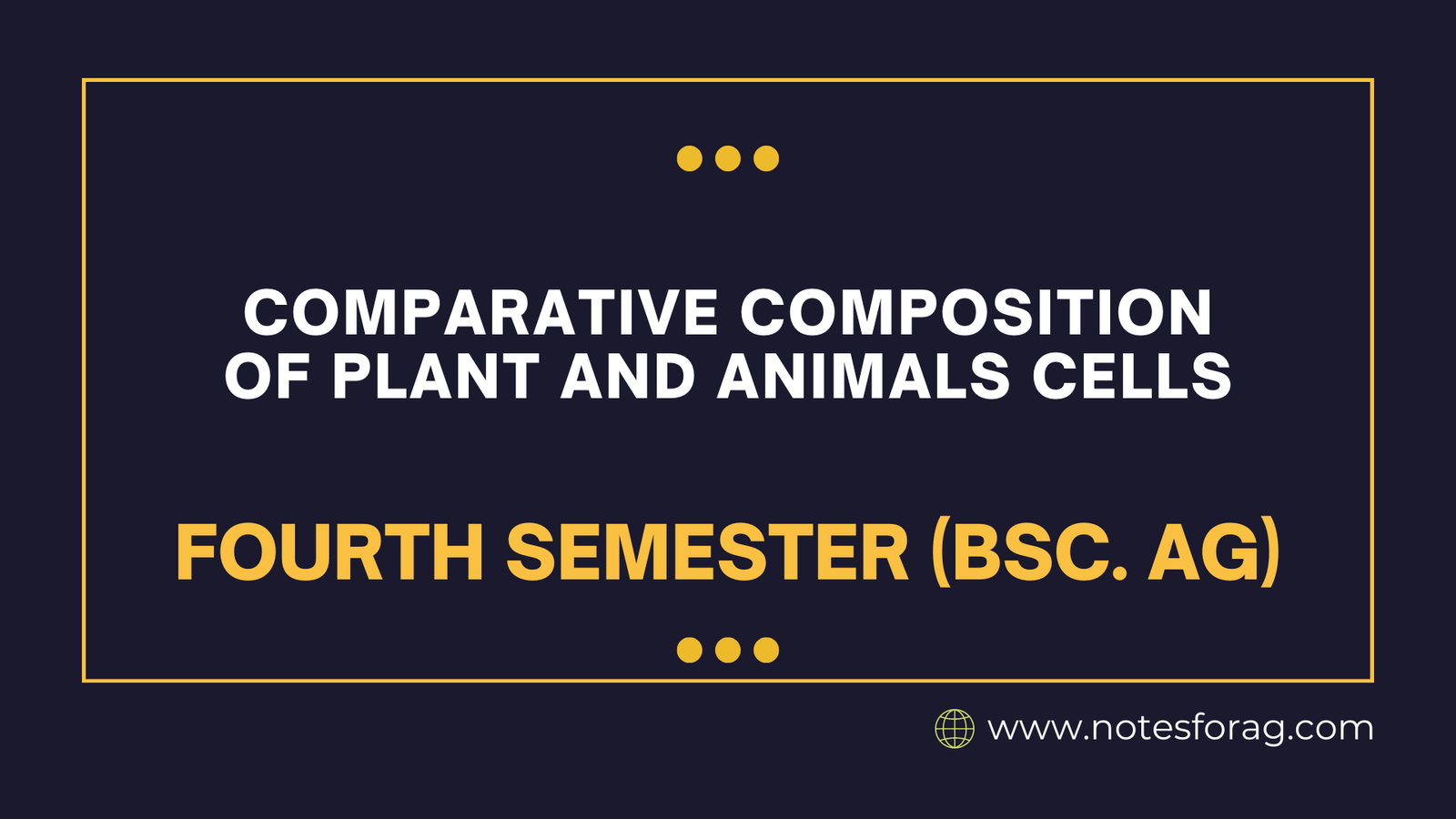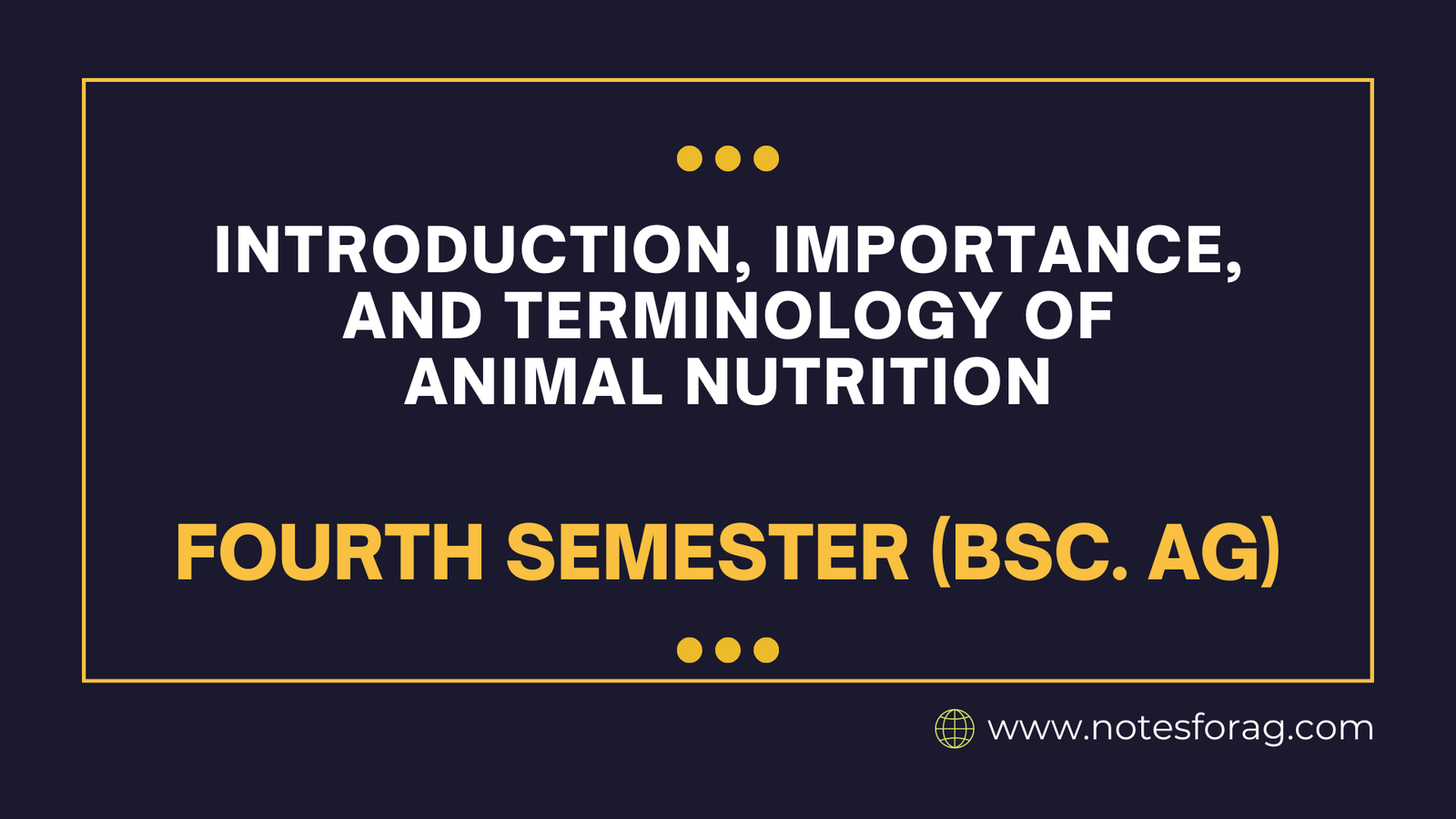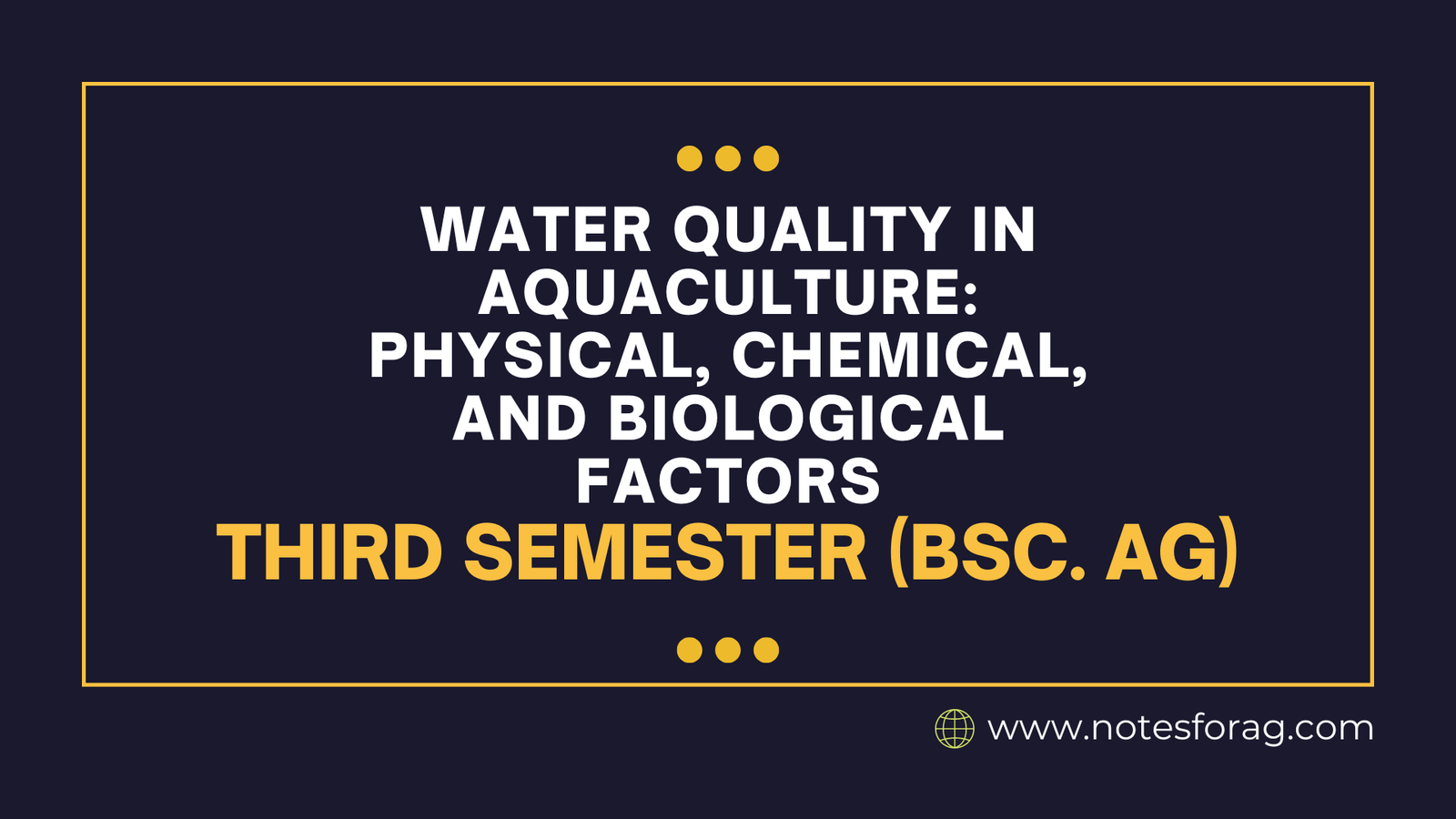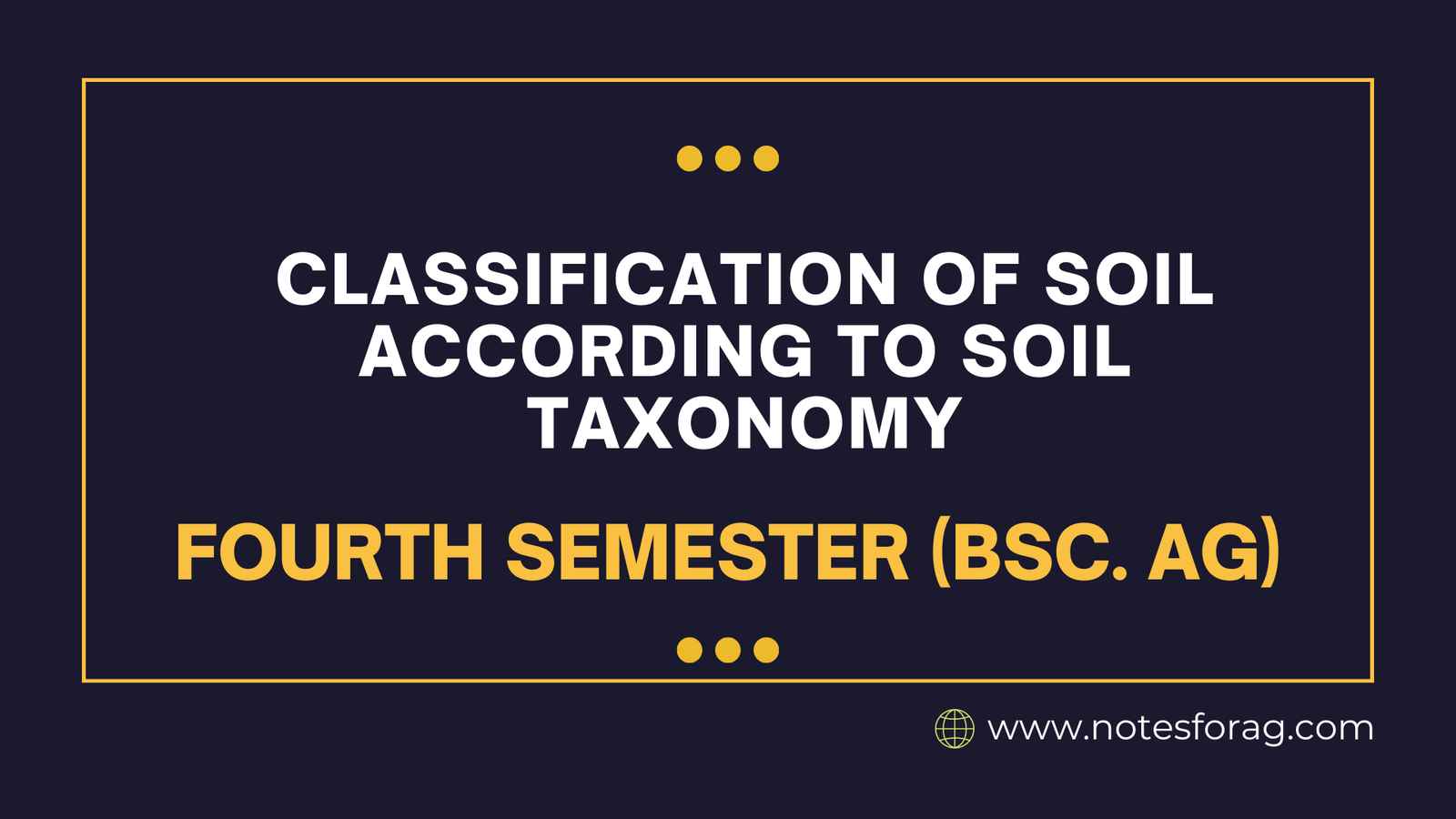Classification, Functions, and Deficiency Systems of Protein
Proteins: The Building Blocks of Life Proteins are the workhorses of the body, playing a vital role in virtually every biological process. Their varied architectures enable them to carry out a broad range of tasks. They are complex molecules composed of chains of amino acids. In this section, we explore the categories, roles, and effects … Read more



